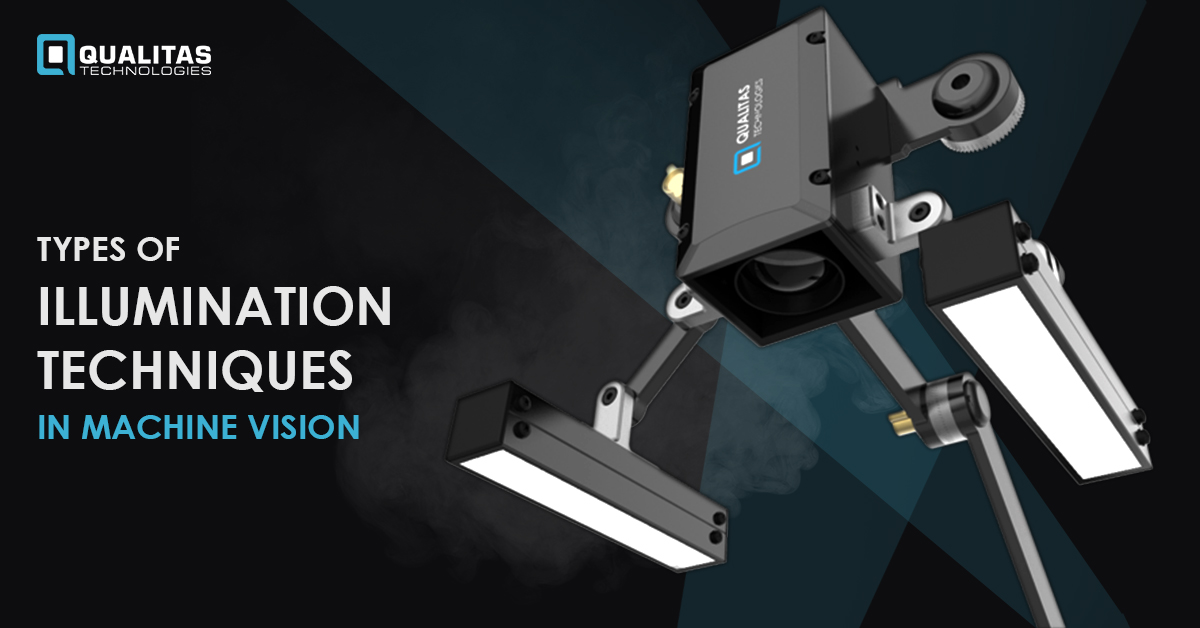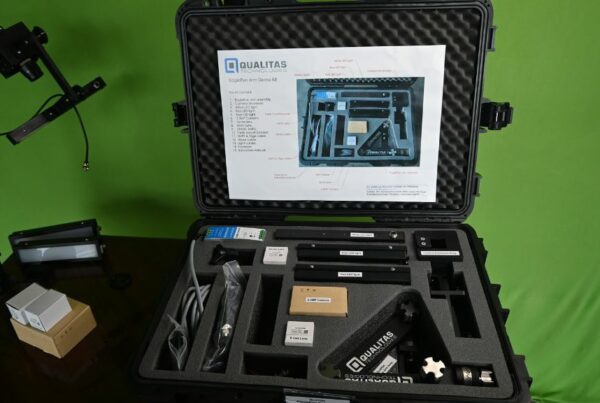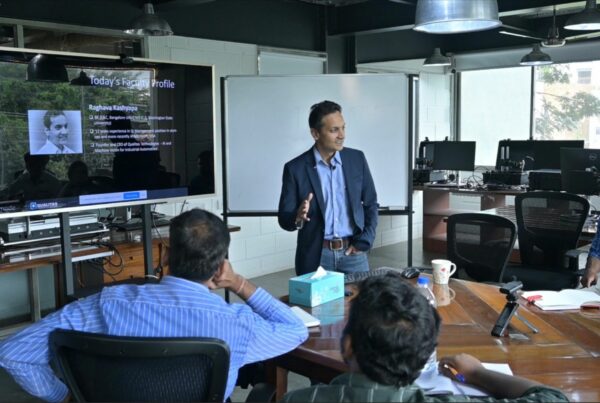
Significance of suitable illumination techniques in Machine Vision
Machine Vision, in spite of being one of the most revolutionary gifts of modern-age technology, heavily relies on the quality of the image to be processed. This is because Machine Vision solutions do not analyze the subject itself, but actually process its image. In fact, one of the major challenges in image processing is to ensure that the flaws in the object are visible to the cameras at all. Thus, the necessity of achieving stable and reproducible images, with the requisite contrasts, makes appropriate illumination indispensable in Machine Vision.
Also, Read 7 APPLICATIONS OF MACHINE VISION
Lighting needs can be highly variable, depending on the application, interaction, and environment. The key factors that determine the type of image produced are the incident light from the source, interaction with the subject, and characteristics of the cameras. Thus, various illumination techniques and light sources can be used accordingly.
Types of illumination techniques
There are several prominent illumination techniques, some of which are the following:
- Backlight Illumination
The backlight is high intensity and collimated illumination technique. It generates instant contrasts by forming dark silhouettes against a bright background. It can be used for a variety of common inspection methods to generate distinct shapes and outlines. When light is projected from the rear of the object, it penetrates only from where there is nothing to obstruct its path. This helps detect missing components, inspect lead frames and dimensions of the holes accurately.
- Dark-field Illumination
Dark-field illumination is not easily comprehended by most people and hence, least used. The angle of incidence is quite low and demands close proximity to work optimally. It is thus, difficult to design and implement. This lighting technique can be further subdivided into circular and linear types. The top edges of pins, connectors, and missing components can be identified as bright visible circles using dark-field illumination.
- Diffuse bright-field illumination
Diffuse bright-field illumination is commonly used when the objects are shiny or possess mixed reflectivity. This technique generates a strong contrast between the object and the background. Diffuse light sources must be placed in close proximity to generate uniform and multi-directional illumination. Diffuse dome lights are preferred when the surfaces are curved, specular, while on-axis lighting is used for flat surfaces.
- Directional or Partial bright-field illumination
The directional partial bright-field lighting technique is the most widespread and preferred illumination technique. What distinguishes it from full bright-field is that it is directional and the light emanates from a point source. Even sunlight is an example of directional lighting. It generates optimum contrast and enhances topographic details. However, it might be a bad choice with specular objects as it generates the familiar ‘hotspot’ illumination.
Also, Read How To Choose The Right Lighting For Machine Vision Applications?
Types of illumination sources
There are four prominent types of illumination sources or types, which are following:
1. LED illumination
LED sources, due to their wide range of benefits and widespread usage, occupy a position above the other types of sources. Some of its benefits include a longer life of up to 50,000 hours, easy to control facilities, mechanical resilience, and miniature physical size. It also pushes down the operational costs, making it an excellent value for money product. Its light color is not only white but also red, green, blue, and even infrared and ultraviolet.
2. Laser illumination
Lasers have a special position in illumination. Laser lights represent high-intensity and focusable beams that can be imaged quite precisely, even over longer distances. The combination of lasers and image processing opens up a wide scope of applications like optical inspection of electronic components.
3. Halogen lamps
A halogen lamp is used in industrial image processing when the areas to be illuminated are large. These are not quite prevalent because they have high energy consumption, heat generation, and infrared emissions.
4. Fluorescent lamps
Also known as ‘Neon light’, it is based on the concept of discharge tubes. These too, are used quite rarely, to illuminate large areas. They should always be used with an electronic ballast, to avoid flickering effects in images.
The Four Cornerstones
The four cornerstones of vision illumination are mentioned below:
- Geometry – Dimensions and spatial relationship between the object, light, and camera.
- Pattern – The shape of the light projected onto the object.
- Filters – Differentially obstructing and passing light.
- Color and Wavelength – Depends on how and to what extent light is absorbed and reflected.
Guidelines to implement the lighting solutions perfectly
- Be aware of and obstruct ambient light, replacing it with consistent lighting solutions.
- Determine adequate exposure time, to obtain stable images.
- Develop the lighting solution early for your MV systems, and evaluate it consistently to skim out any loopholes.
- Take into account the interaction of light with the object’s texture, color, and composition, and choose the wavelength of incident light accordingly.
- Apply the four cornerstones for acquiring the requisite contrasts.
- Develop object feature-appropriate lighting systems.
Also, Read PARAMETERS FOR LENS SELECTION
Conclusion
Undoubtedly, it is imperative that your Machine Vision system be equipped with a robust and reproducible illumination solution. Detailed analysis and application of the various lighting types and techniques and other issues like ergonomics, efficiency, and application must be taken into account to filter out the perfect, pin-pointed lighting solution. Allocating your time and resources accordingly is bound to augment the net throughput and revenues considerably.
Get In Touch With Us





